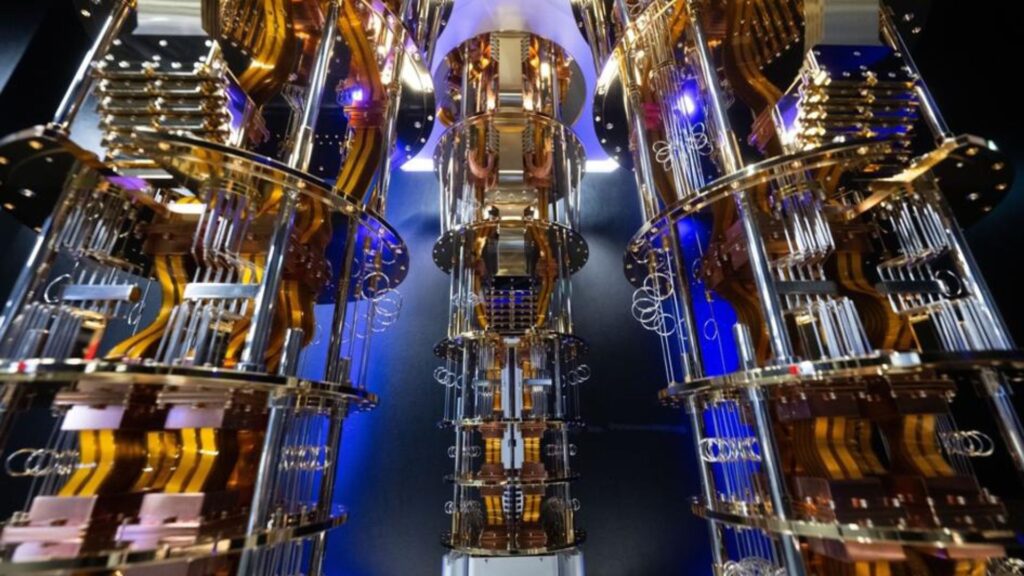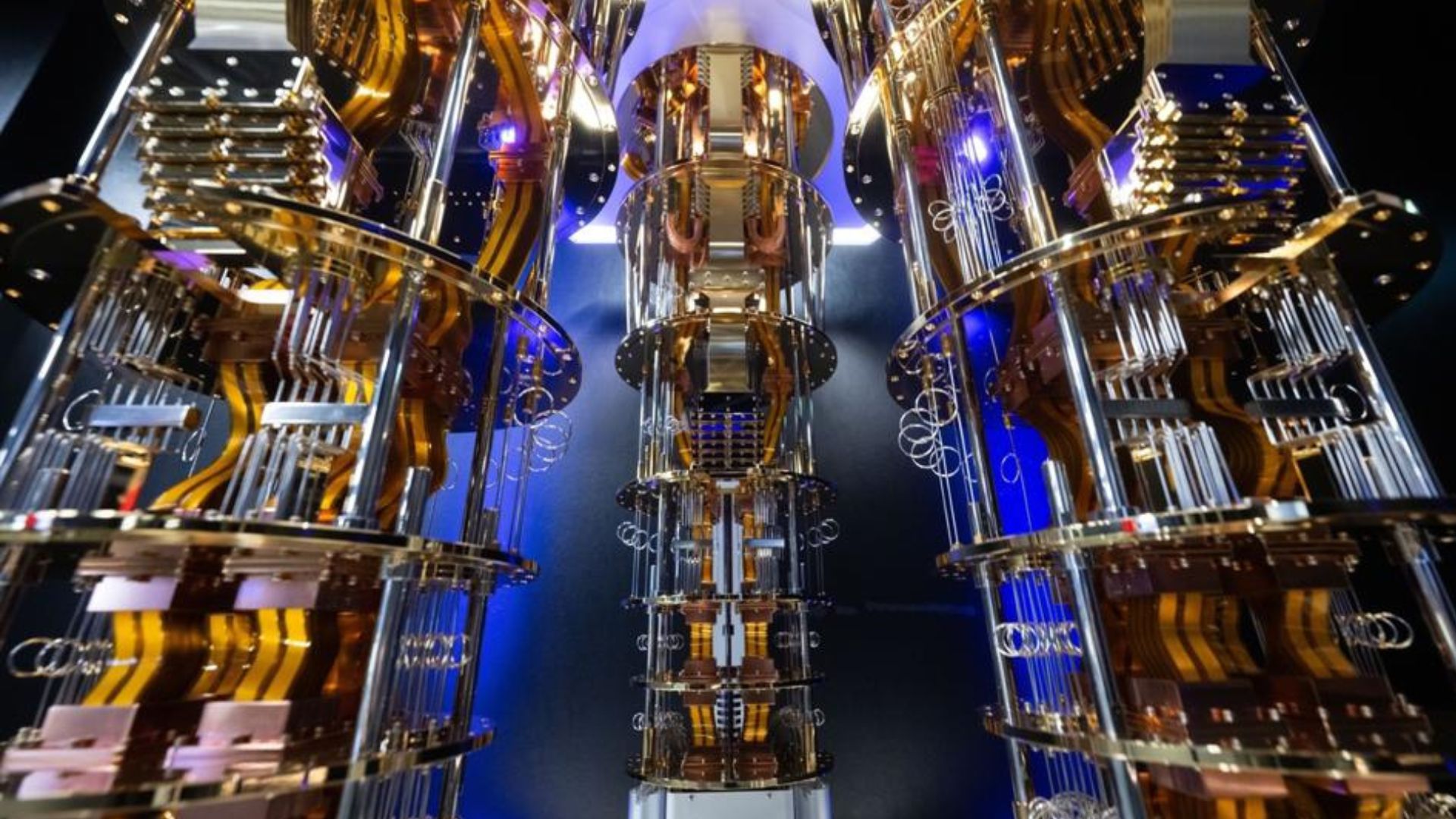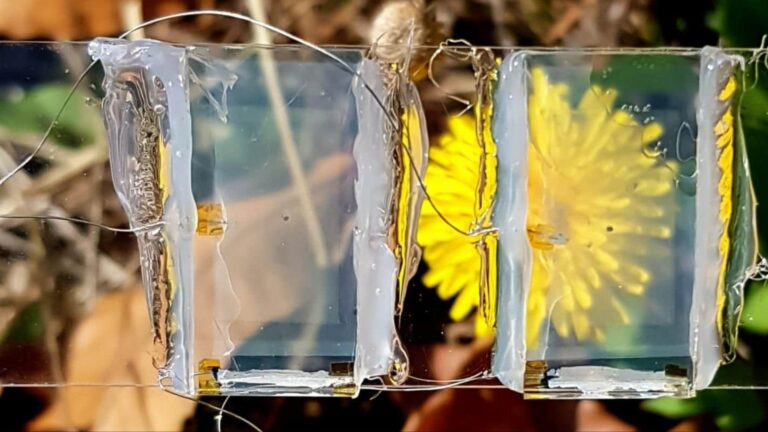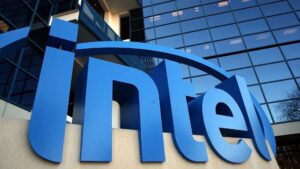
dpa/picture alliance via Getty Images
Quantum computing took a significant step forward this week as researchers from Alice & Bob in Paris and Caltech in Pasadena announced landmark achievements in qubit coherence and array size. Alice & Bob’s “Galvanic Cat” qubits demonstrated error-resistant stability measured in tens of minutes, while Caltech physicists assembled a neutral-atom qubit grid of unprecedented scale with 6,100 qubits, each manipulated with near-perfect fidelity.
Record-Long Qubit Stability with “Galvanic Cat” Design
Alice & Bob revealed that its novel cat-qubit architecture can now sustain coherent quantum states for 33 to 60 minutes—a four-fold improvement over its prior record—while executing gate operations at 94.2% fidelity in just 26.5 nanoseconds. Traditional superconducting qubits typically lose coherence in microseconds, making error correction one of quantum computing’s most daunting hurdles. By encoding logical states across entangled photon modes, the cat qubits effectively suppress bit-flip errors, reducing the frequency of faults from every 10³ operations to near zero over practical timescales.
“Achieving hour-long coherence marks a paradigm shift,” said Alice & Bob co-founder and CTO Dr. Marie Dupont. “We’re moving from transient demonstrations to operational stability, which dramatically lowers the overhead for error-corrected algorithms and brings fault-tolerant quantum computing within reach”. The extended coherence window opens possibilities for running deeper quantum circuits—such as complex chemistry simulations or optimization problems—that were previously infeasible due to rapid error accumulation.
Industry analysts note that long-lived qubits can substantially reduce the number of physical qubits required for logical qubit encoding, potentially shrinking the scale of future quantum processors. As Alice & Bob scales its technology, the focus will shift toward integrating these cat qubits into modular arrays and improving two-qubit gate fidelities beyond 99.9%, benchmarks deemed essential for practical quantum advantage.
Unprecedented Qubit Array Scale at Caltech
In parallel, a Caltech team led by Professor Manuel Endres assembled the largest qubit array to date, trapping 6,100 neutral-atom qubits in a laser-patterned grid using 12,000 optical tweezers. Each cesium atom maintained superposition for roughly 13 seconds, with single-qubit manipulations achieving 99.98% accuracy. Previous neutral-atom arrays numbered only in the low hundreds, making this feat a dramatic scale-up of system size.
“The combination of thousands of individually controlled atoms and sub-0.02% error rates per gate sets a new benchmark,” said Endres. “We now have both the quantity and quality needed to explore error-corrected computation pathways”. Graduate students Hannah Manetsch, Gyohei Nomura, and Elie Bataille were instrumental in optimizing trapping potentials and laser stability to minimize decoherence and crosstalk across the vast grid.
Neutral-atom platforms offer intrinsic advantages for scalability: qubits are identical by nature, and optical tweezers allow dynamic rearrangement, enabling flexible lattice geometries for error-correction codes such as surface or color codes. By contrast, fixed superconducting chips encounter fabrication variability that complicates large-scale qubit uniformity.
Caltech’s achievement comes amid fierce competition: Harvard researchers last week showcased a 3,000-qubit superconducting system operating for over two hours, but with lower gate fidelities around 98%. Caltech’s array trades raw coherence time for expansive qubit counts, demonstrating that large-scale, high-fidelity systems are no longer mutually exclusive.
Both Alice & Bob and Caltech teams are now pursuing demonstrations of multi-qubit entanglement across extended arrays—a critical milestone for executing genuine quantum algorithms rather than mere quantum memory tests. Success in entangling thousands of qubits with low error rates would enable implementations of quantum error-correcting codes, paving the way for fault-tolerant machines capable of outperforming classical supercomputers on select problems.
These twin breakthroughs—hour-long coherence and five-thousand-plus qubit arrays—illustrate the accelerating pace of innovation in quantum hardware. As stability and scale advance in tandem, the prospect of practical quantum computing for applications in materials science, cryptography, and optimization draws ever closer.












